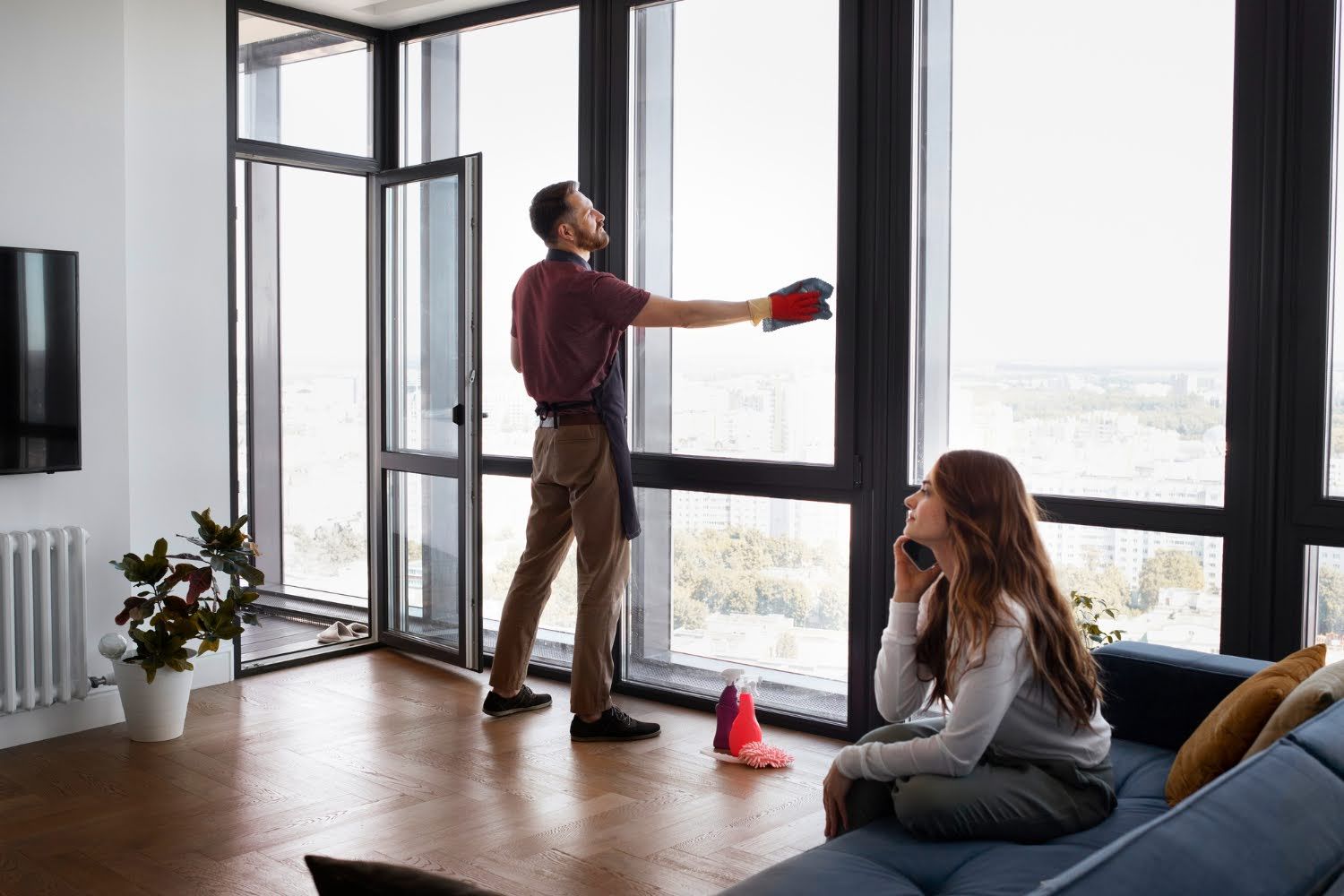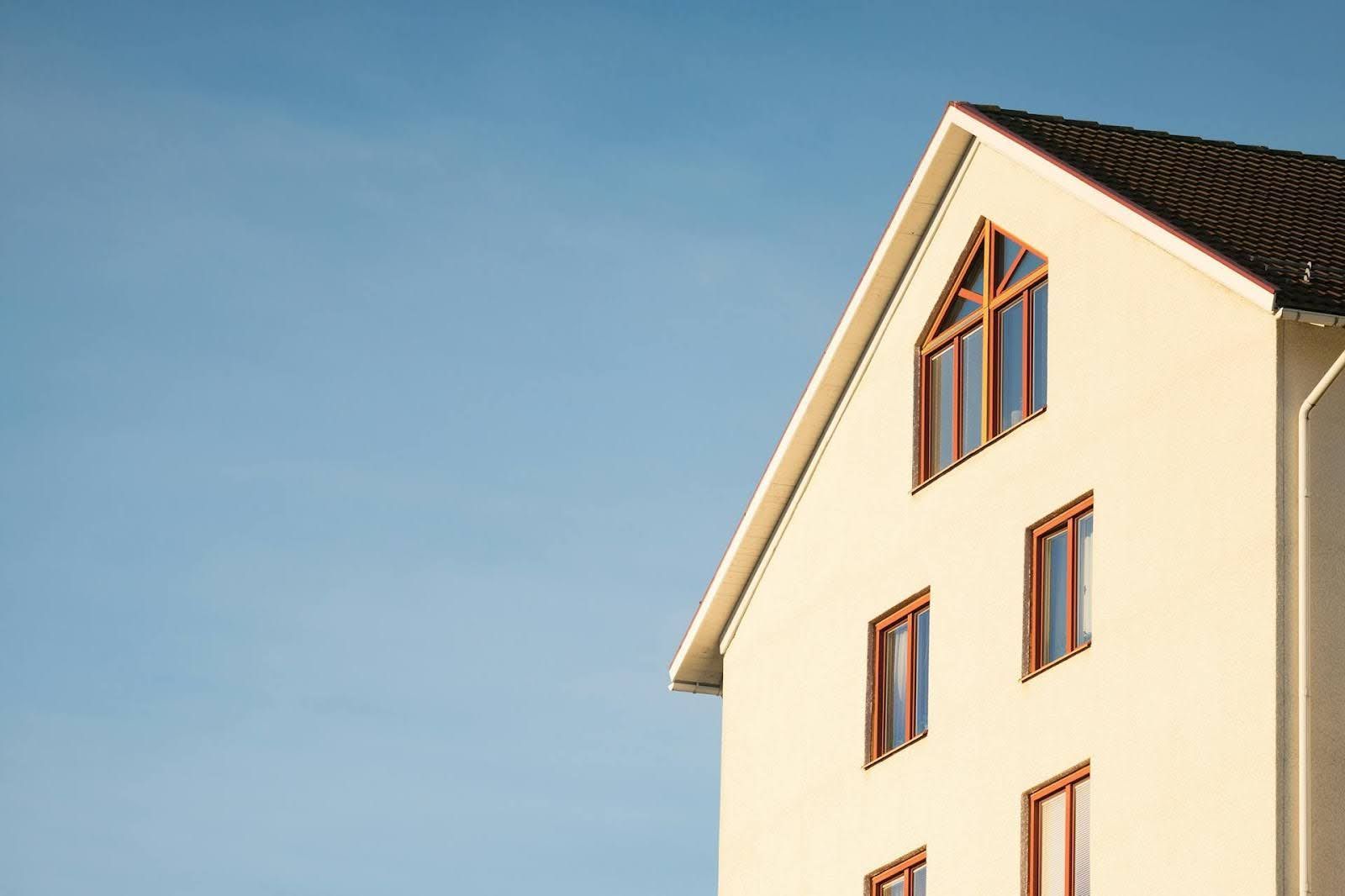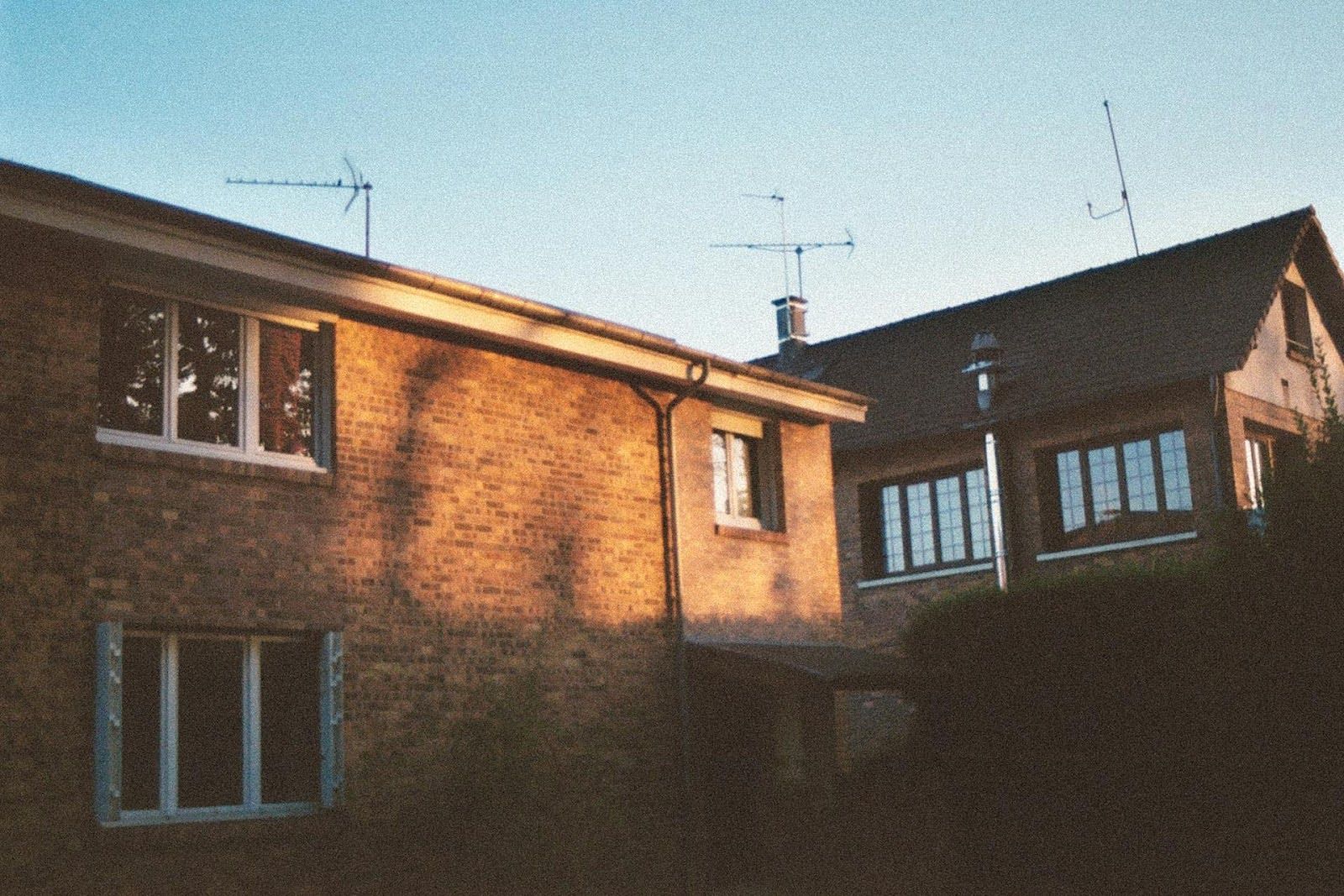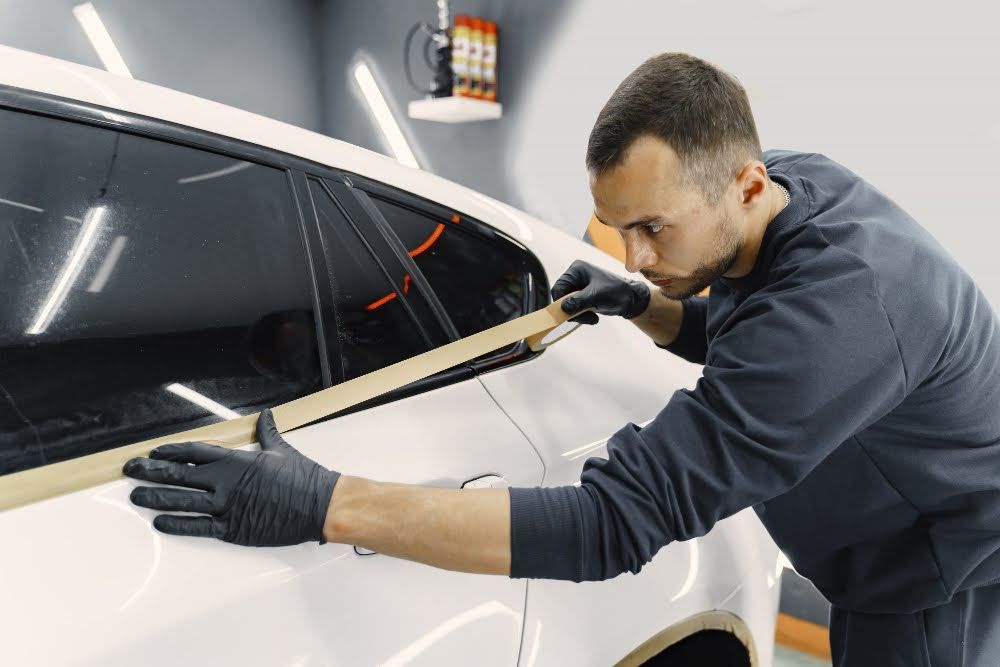Ceramic Tint vs. Regular Tint: What’s the Real Difference for Your Ride?
Let’s be honest—window tinting isn't just about making your car look cooler (though that’s a solid bonus). It’s also about comfort, protection, and, increasingly, smart choices.
If you've spent any time researching tinting options, you've likely come across terms like dyed film, metallic tint, and, more recently, ceramic tint vs regular tint.
But here's the thing—these aren't just buzzwords. Both offer real benefits for your car, but they represent two very different experiences.
One provides decent shade and a bit of style. The other? It's like giving your windows a tech upgrade without touching a screen.
Let’s unpack it all without the fluff—just real talk about what matters for your ride.
First Things First: What Even Is Regular Tint?
So-called "regular" tint usually refers to dyed window film. It’s been around for decades, and for good reason—it’s cost-effective and delivers basic benefits like glare reduction and a sleeker appearance.
Think of it like putting on a pair of standard sunglasses: it’ll block out the light, give you some privacy, and make you feel just a bit more confident behind the wheel.
But dyed films have their limits. Over time, they can fade, turn purple (not the good kind), and bubble up if they weren’t installed properly. They also don’t do much against the heat.
On a scorching summer day, your car still feels like an oven even though the windows look dark.
That’s where ceramic film rolls in—quietly, but powerfully.

Ceramic Tint: The Cool Kid With Real Brains
If regular tint is your old flip phone, ceramic tint is the smartphone version—smoother, smarter, and way better at multitasking.
Unlike dyed film, ceramic tint contains nano-ceramic particles that don't conduct heat. Translation? They handle heat and UV radiation better than traditional tints ever could.
We’re talking about:
- Up to 99% UV rejection, which helps preserve your car’s interior and your skin.
- Noticeable heat reduction, making those sweaty summer drives a thing of the past.
- No signal interference—so your Bluetooth, GPS, and even your AM/FM still work like a charm.
And let’s not skip over the visual side: ceramic tints offer clarity. No haze. No weird reflections. Just a clean, factory-finish look that says “I’ve thought this through.”
Real-Life Differences You’ll Feel
Alright, let’s talk day-to-day. You don’t want to buy hype—you want something that works. Here’s how ceramic tint vs regular tint plays out in real life.
Say you’re parked outside during lunch, sun blazing, windows shut. With regular tint, the inside of your car still feels like a preheated oven when you get back in.
But with ceramic tint? You step inside and breathe. The cabin is cooler. The AC doesn’t have to blast on high for ten minutes before you can even think straight. That’s not just comfort—it’s fuel savings too.
And at night? Regular tint can make it tougher to see, especially if it’s too dark or installed poorly. Ceramic films, on the other hand, strike a balance: plenty of privacy during the day without compromising nighttime visibility.
That’s a detail you don’t appreciate until you’re squinting to make a left turn on a dim street.
But What About Price?
Yeah, ceramic tint costs more upfront. No sugarcoating that. But you know what? It's not just about today’s install fee. It’s about value over time.
Cheaper tint may look fine now, but sooner or later, all the common problems will start to show up. It can fade, bubble, or even get you ticketed if it peels or turns color.
Then you’re paying to remove it, replace it, maybe even fix damage to the defroster lines. That’s the long way round.
Ceramic film, when properly installed and well-maintained, can last a fairly long time. It’s durable, color-stable, and doesn’t degrade like dyed tint does. In many ways, it’s a “set it and forget it” kind of investment—low maintenance, high reward.
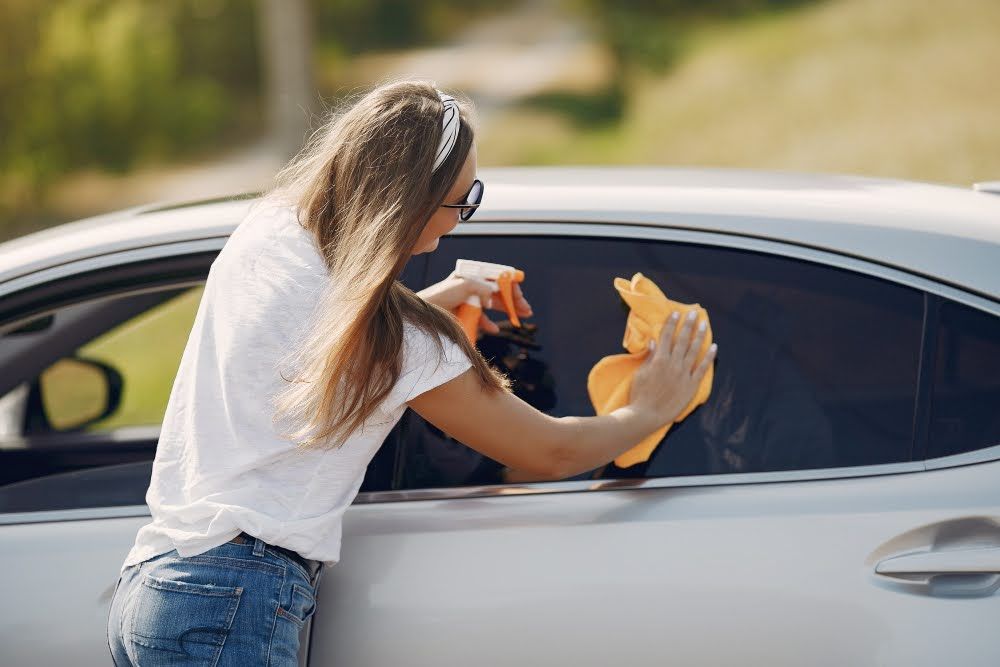
Is Ceramic Tint Always Better?
Not necessarily. If you’re mainly after a style upgrade or want basic privacy without spending too much, regular dyed tint can still do the trick.
It's like choosing between a reliable used car and a brand-new model. Both get you from point A to point B. But one does it with better gas mileage, better tech, and more comfort.
For people who spend a lot of time on the road, park outside often, or just don’t want to mess with tint again for the next decade, ceramic’s where it’s at.
That being said, the key is quality. A cheap ceramic tint installed poorly won’t outperform a high-grade dyed film done right. So wherever you land, go with professionals who know their craft.
The Bottom Line: Think About What You Want From Your Tint
Tint isn’t just a style choice—it’s a lifestyle upgrade. It affects how your car feels, how safe it is, and even how long it holds its value. So when it comes to ceramic tint vs regular tint, the real difference isn’t just in the specs—it’s in the experience.
Do you want something that looks good today, or something that feels good every single day?
Ready to Upgrade Your Drive?
When you’re ready to stop sweating over tint choices and start enjoying every drive, come see the experts at Solar Tint Inc.
We’re not about cookie-cutter solutions. We’re about getting it right for you—with the latest ceramic IR technology, professional installation, and clear, honest advice that helps you drive smarter.
We provide the best window tinting in Miami that keeps your car cooler, protects your interior, and makes every drive more comfortable.
Have questions or need a quote? Contact us today – our experienced customer service team is always ready to assist!




